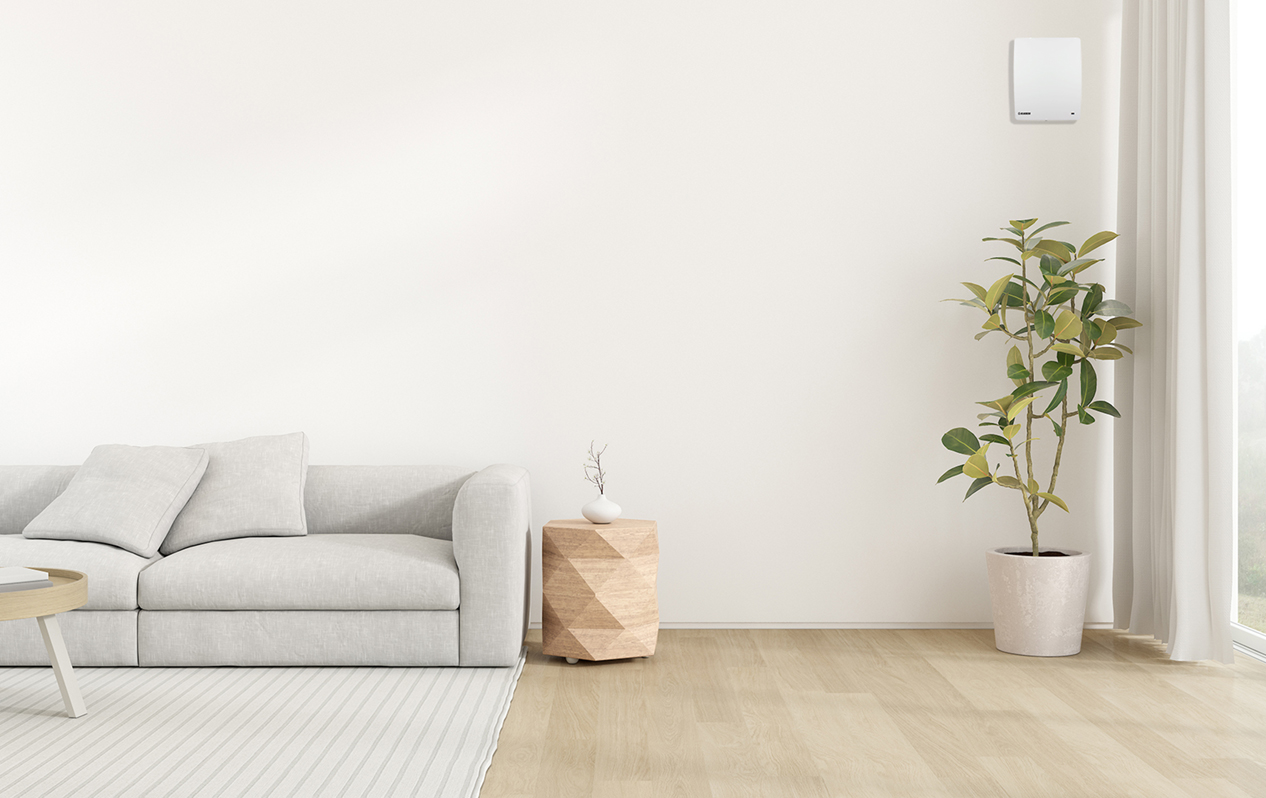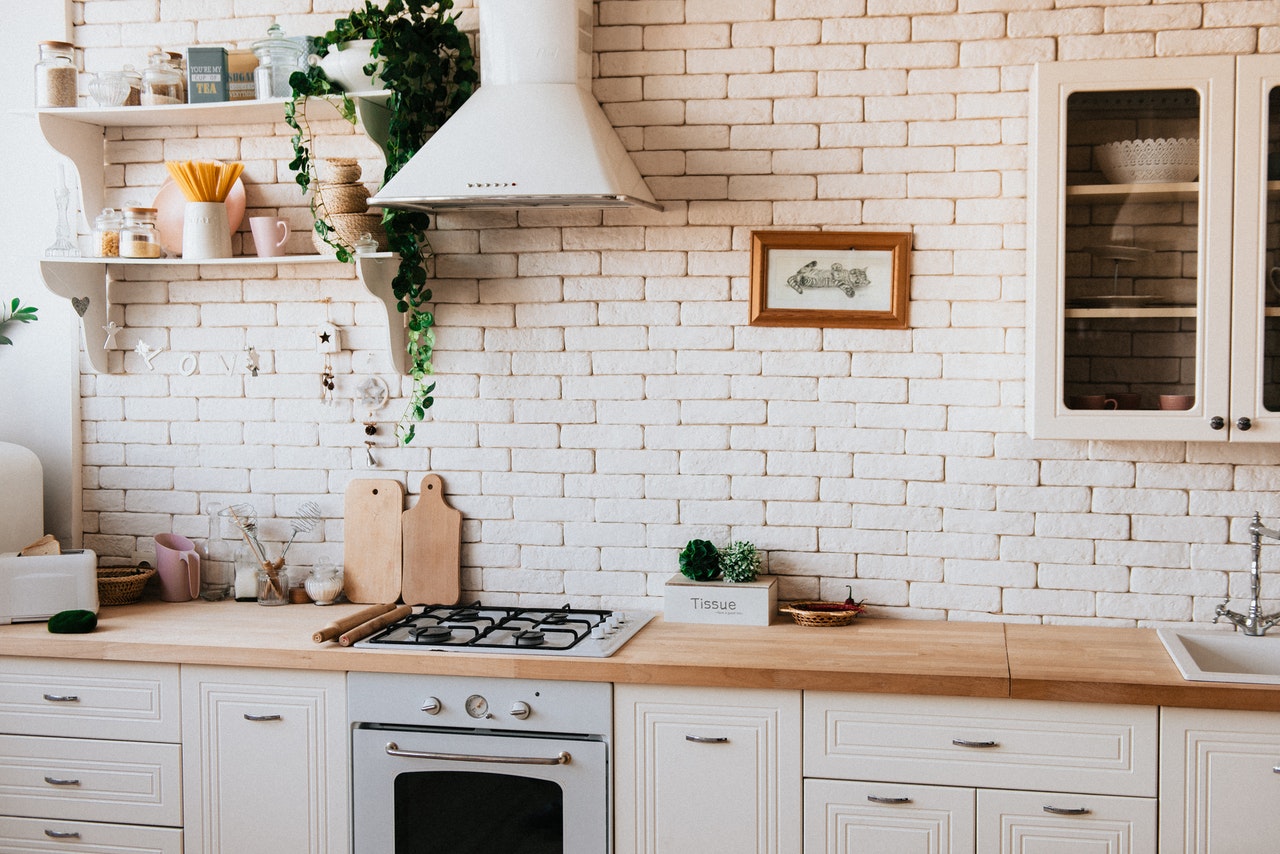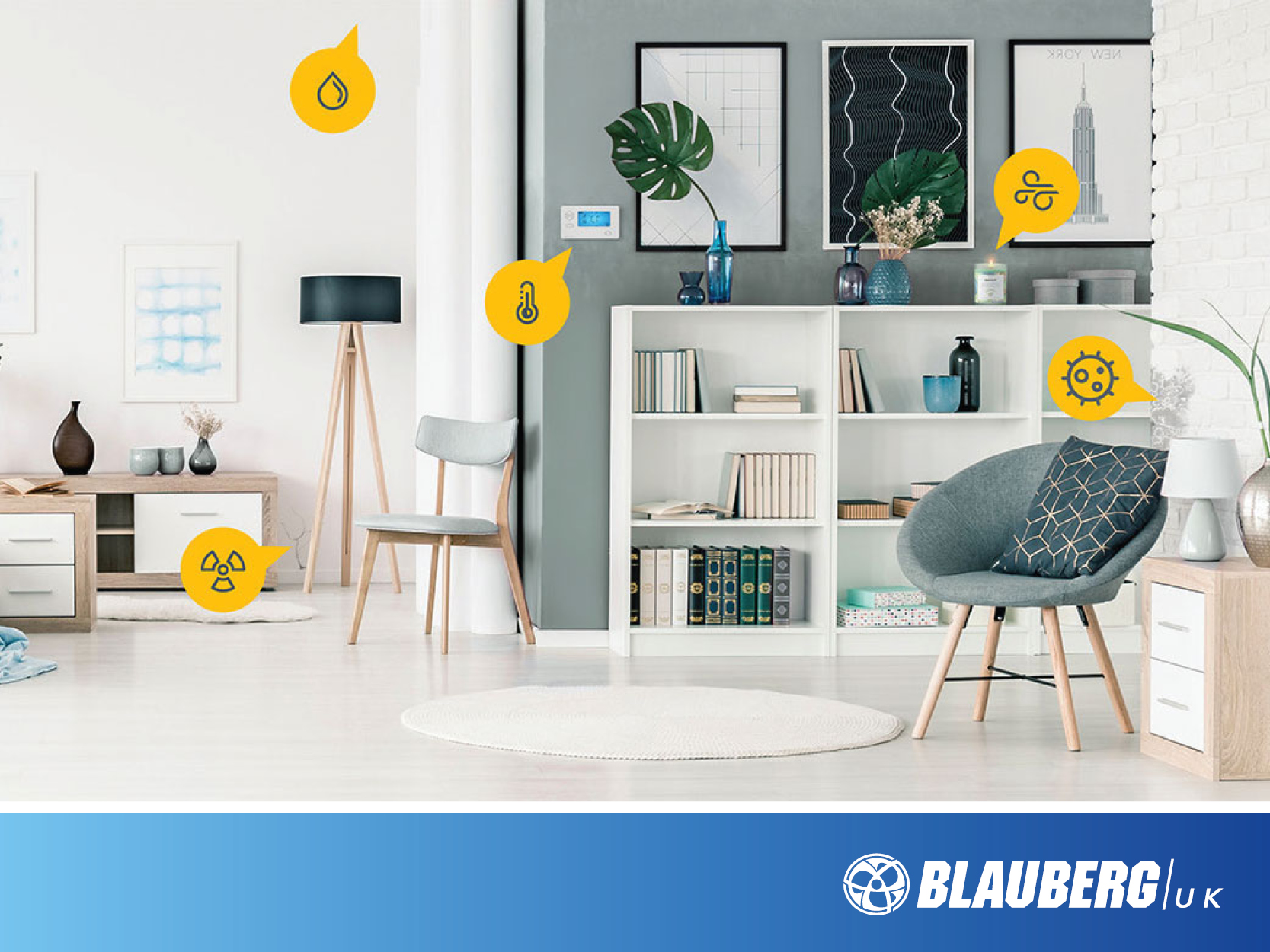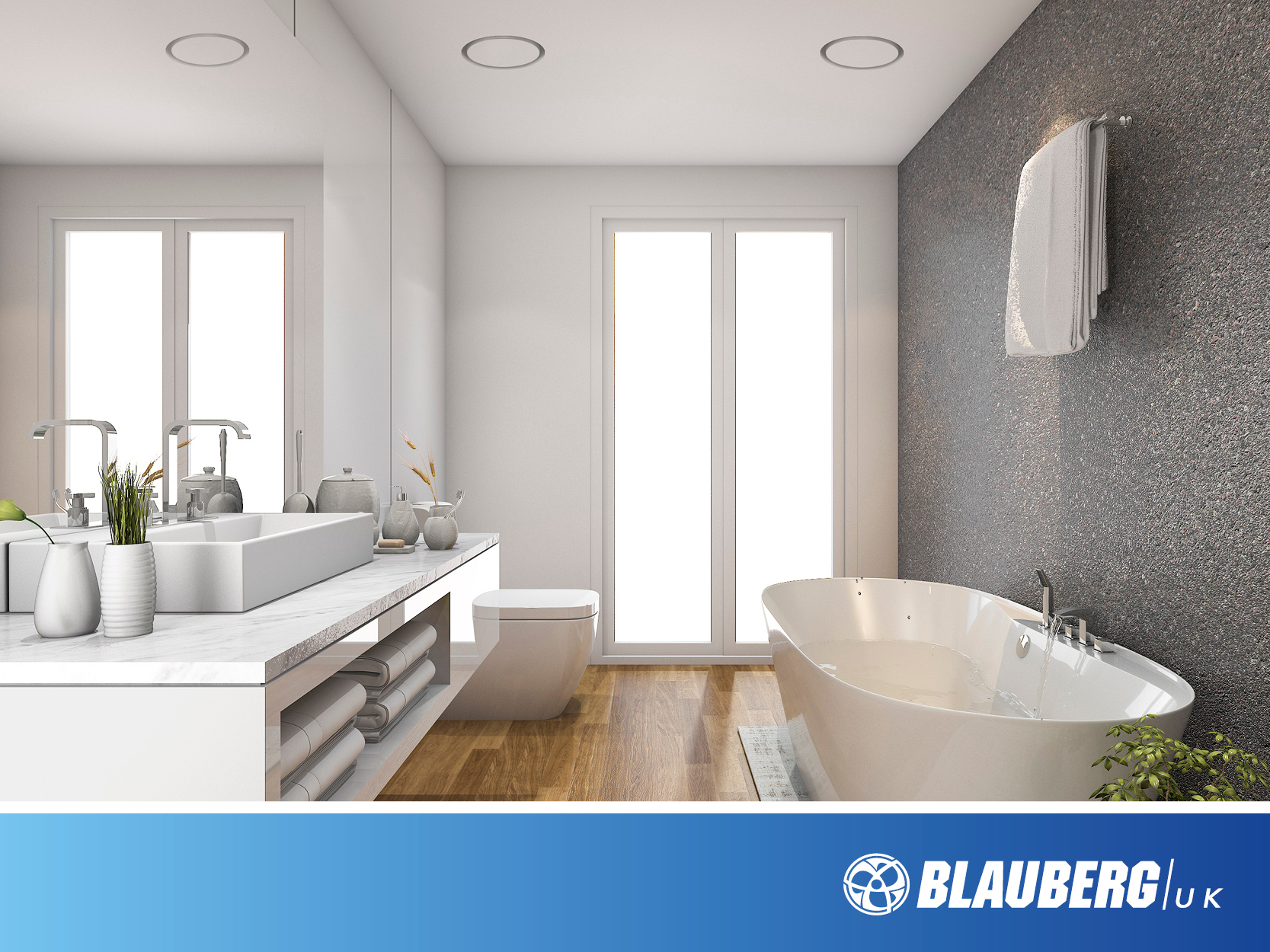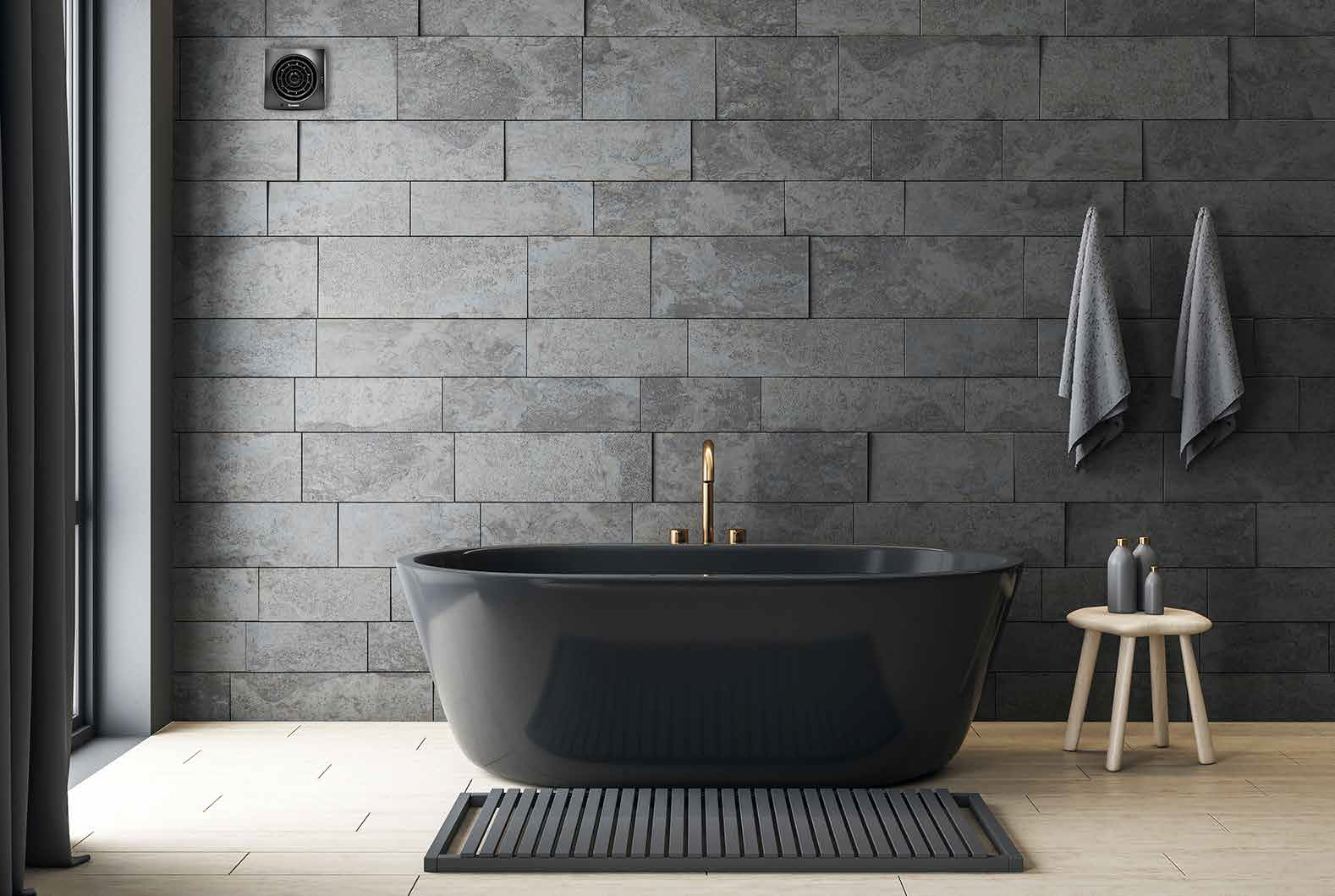Exploring the Decarbonisation Meaning with Blauberg
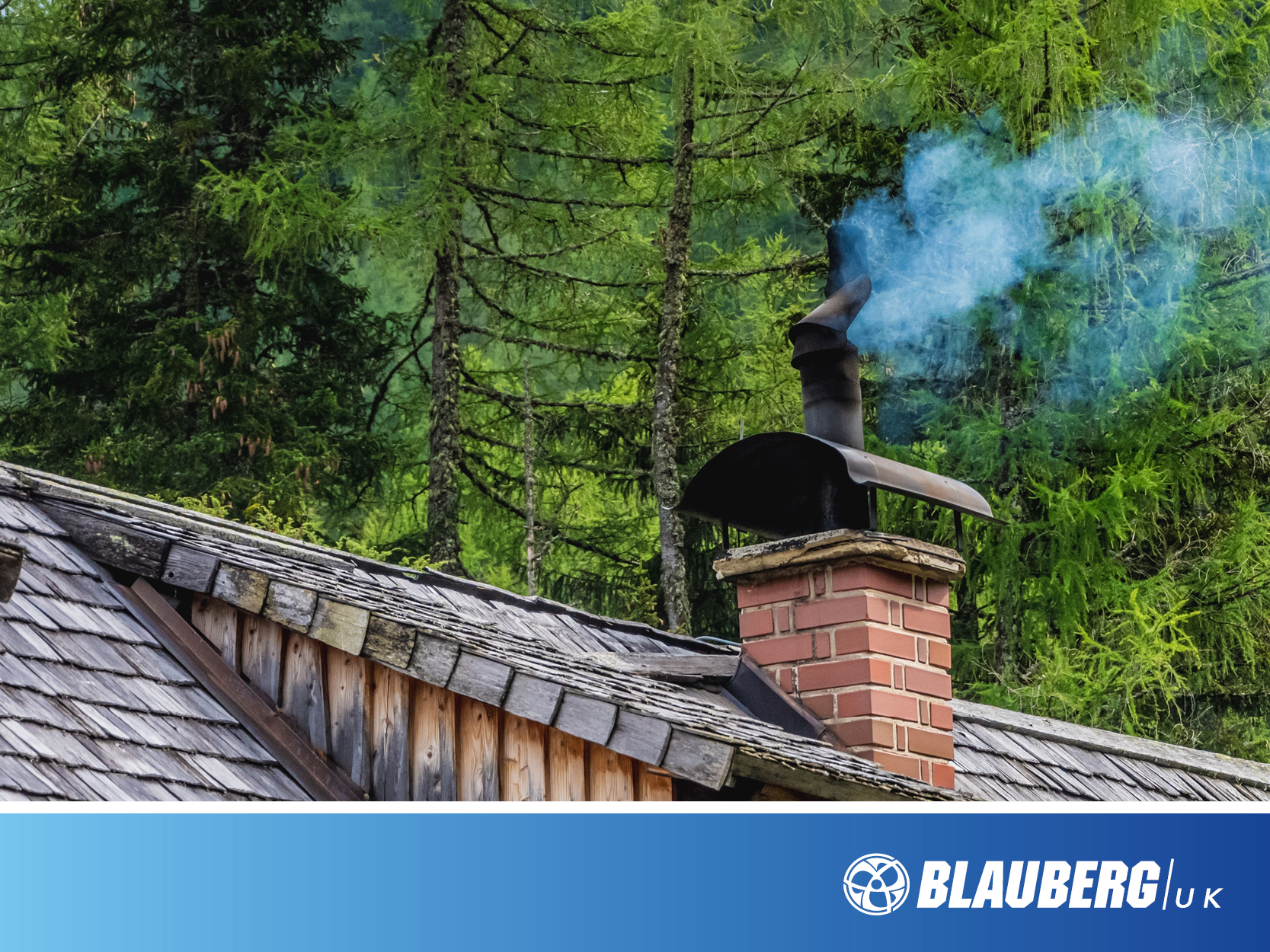
To understand decarbonisation, you must first understand Net Zero. The UK government set a target that by 2050, the UK will achieve a balance between the amount of greenhouse gases emitted and the amount removed from the atmosphere. This means that there will be no net increase in greenhouse gas emissions.
Greenhouse gases can be emitted from daily activities such as driving, heating your home, cooking, using electrical appliances, and more. This is particularly true for carbon emissions. In fact, homes in England produce more carbon dioxide yearly than all of the country’s cars.
Decarbonisation is a crucial part of achieving the Net Zero target, as it lowers the amount of carbon emissions, a prominent greenhouse gas.
In short, decarbonisation means reducing or eliminating carbon emissions from a variety of sources to help create a greener tomorrow and achieve sustainability goals for future generations.
The Imperative of Decarbonisation: Beyond the Meaning
In some cases, decarbonisation is in the hands of the individual. By changing the way you carry out your daily activities, your carbon footprint can reduce. It’s crucial that homes in the UK gear towards becoming carbon-neutral, in order to reduce greenhouse gas emissions and journey towards a better future.

However, not everyone is in control of their carbon footprint. 2.7 million homes are owned by housing associations, meaning it’s up to social housing providers to facilitate the change for their tenants.
How Do You Decarbonise?
To decarbonise indoor environments, particularly living environments, it’s important to focus on two main areas: fabric improvements and clean heat technologies.
Fabric improvements refer to measures such as improving your insulation or upgrading your windows to double or triple-glazed. This keeps more heat in during the winter, reducing heating system usage.

Clean heat technologies refer to moving away from fossil fuel-powered systems to sustainable systems such as air-source heat pumps and solar power. Using less fossil fuels produces less carbon emissions and a smaller carbon footprint.
When You Decarbonise, You Must Ventilate.
Decarbonising your home often leads to a more airtight environment. With increased airtightness levels, comes the need for ventilation throughout your home, to minimise the effects of poor air quality such as mould, damp, condensation and the buildup of indoor pollutants such as particulate matter and VOCs.

But opening windows to ventilate your home is counterproductive as this encourages heat loss. So, a solution that purifies your indoor air in the most energy-efficient way possible is required.
Blauberg's Response to Decarbonisation
Blauberg welcomes the journey to Net Zero by designing innovative solutions that not only improve indoor air quality but align with the sustainability mission. Our solutions are tailored towards both the domestic and commercial markets, whether you’re a landlord, homeowner, wholesaler, consultant or architect, we have a low-carbon solution.
Blauberg offers a range of DeCarbon MVHR systems that feature cutting-edge German EC motors, delivering cost-efficient operation, amplified airflow rates, and impressive heat recovery. The result? Reduced energy bills, enhanced ventilation, and minimised heat loss.
We offer retrofit solutions, systems with adaptable mounting configurations, and centralised or decentralised setups. Hybrid and tailored solutions are also available.
Journeying Together: Beyond the Meaning
Now that you understand the meaning of decarbonisation, join Blauberg on the Net Zero journey. Take efficiency into your own hands and help shape the future of our planet.
Explore our range, embrace our values, and together, let's redefine spaces for a cleaner planet.









